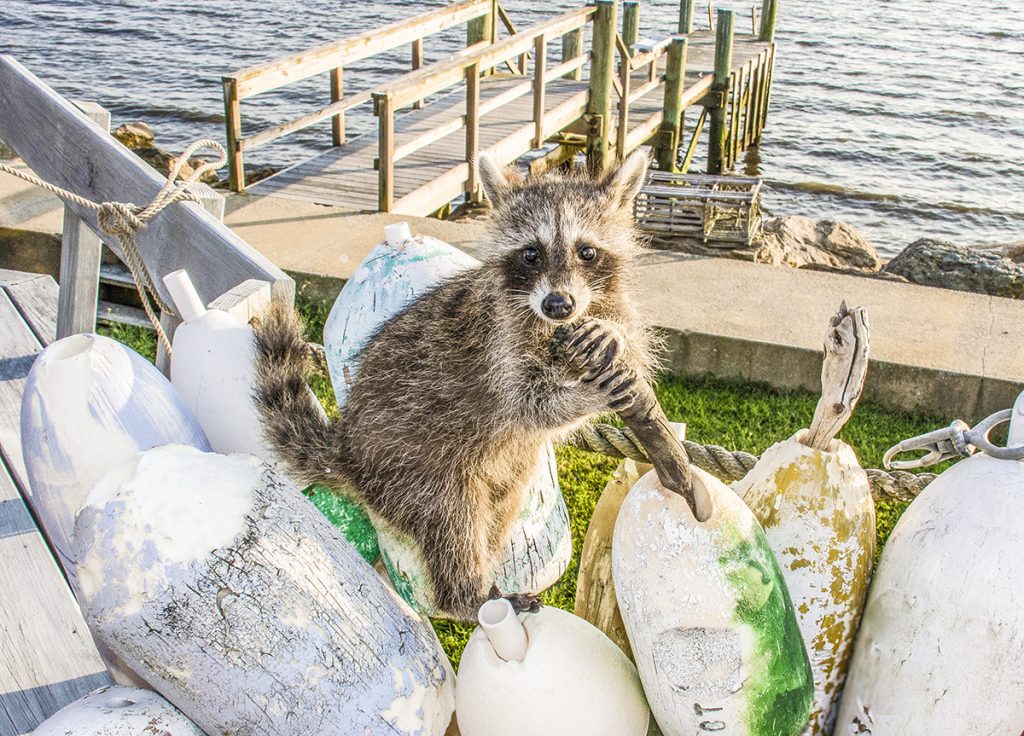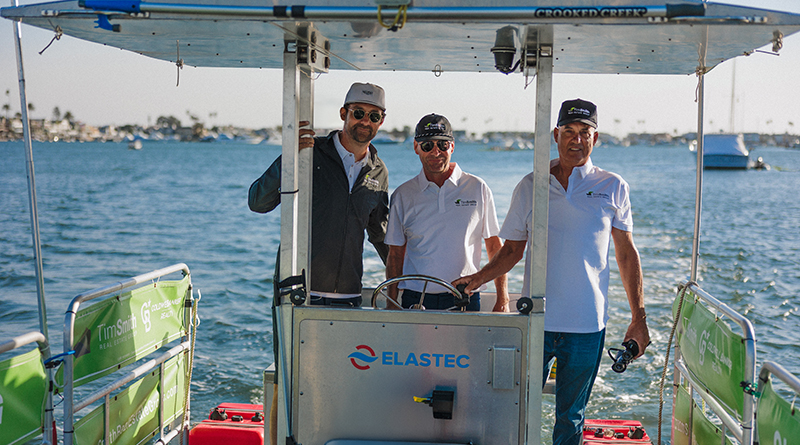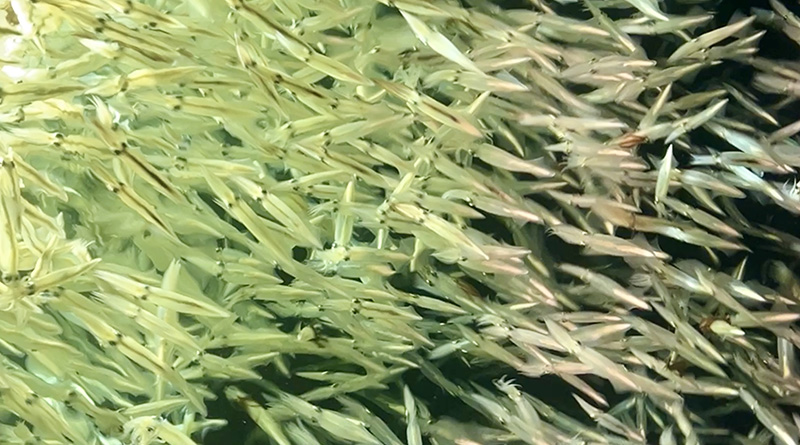AVALON—A stowaway raccoon was recently captured on Catalina Island, prompting the Catalina Island Conservancy to issue a reminder to boaters to keep an eye out for raccoons and other non-native animals on their boats when traveling to the island.
The raccoon was reported to the Conservancy in August by a resident who spotted the animal at a cove in the wildlands. Wildlife Biologist Emily Hamblen was able to capture the raccoon within 24 hours.
The Conversancy said boaters can help prevent non-native animals making their way onto the island by checking their vessel thoroughly before setting off for the island to ensure that no unwelcome visitors are aboard. If a raccoon is spotted mid trip, the Conservancy recommended they turn around and deposit the animal back in its local environment.
The Conservancy said because of the delicate nature of the island ecosystem and the fact raccoons are not native to Catalina Island, they can carry many diseases that pose a threat to local and endemic species as well as humans. In the late 1990s, Canine Distemper Virus was introduced to the island by a raccoon and resulted in a massive decline in the Catalina Island fox.
“As we saw with Canine Distemper Virus, one unassuming stowaway can devastate an entire population,” said Hamblen.
The Conservancy said raccoons have also been known to carry Rabies, Salmonella, Roundworms, Leptospira, Giardia and E. Coli, all of which can be transmitted to other species and people.
The raccoon found on the island in August was sent to the California Animal Health; Food Safety Laboratory at University of California, Davis, to undergo testing for these various diseases.
“We got very lucky this time,” Hamblen said. “The tests all came back negative, ensuring no lasting impact to our native species. The dangers these non-native animals carry is one of the reasons we continue to monitor and vaccinate hundreds of foxes each year.”
The Conservancy said they are alerted to a raccoon hiding on a boat and swimming to Catalina’s shores on average once every other year.
“Some people may not realize that Catalina Island does not have any raccoons at all, and so when the animal swim to land they can introduce novel diseases that our wildlife is unable to survive. This is very dangerous for the Island,” Hamblen said.
If you see a raccoon on Catalina Island, the Conservancy asks that you take a photo, record as much location information as possible and alert the Catalina Island Conservancy immediately at 310-510-1299 x232.







